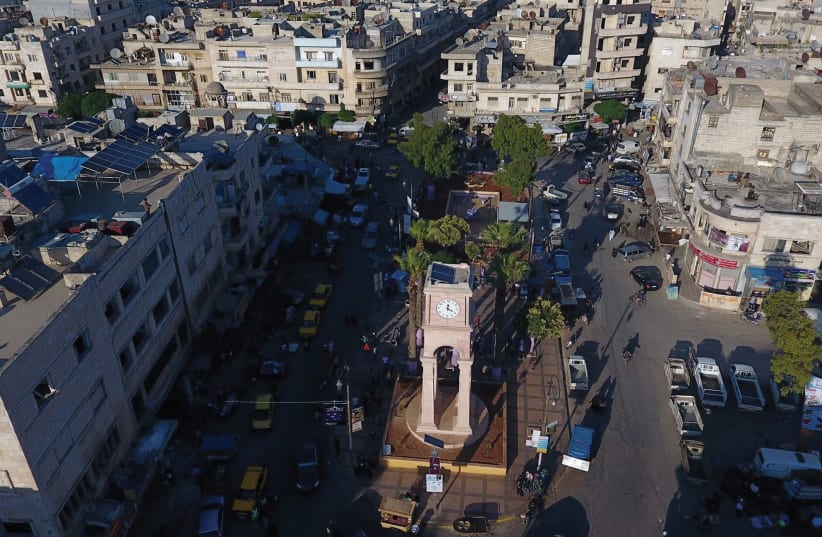'The end' of the Syrian conflict is going to change Israel's security
The Israeli strategy in the past few years was sufficiently successful to keep Israel out of the civil war in Syria, and yet conducive for forging positive relations with the people.
